Many artists in the 19th century developed new painting techniques, most notably the Impressionist artists who used visible brushstrokes while painting outdoors.
Very few dared to paint modern life as it was, so this French artist caused quite a stir when he started painting Parisian taverns and bars.
Many paintings by Manet show modern life as it was at the end of the 1800s and these provide a glimpse into daily life during this era.
In this article, you’ll discover some of the most interesting facts about the Café-Concert by Édouard Manet (1832-1883), a remarkable work of art for several reasons.
1. It was completed during the final years of the artist’s life
It’s no understatement to describe Édouard Manet as one of the most influential painters of the 19th century.
He produced some of the most iconic pictures in history and laid the foundation for modern artists to develop styles away from academic ideals.
“The Luncheon on the Grass” (1863) and “Olympia” (1865) were revolutionary in the 1860s and he continued to produce paintings that inspired his colleagues throughout his career.
An important segment of his oeuvre is paintings that depict the interiors of brasseries and bars.
There, he could depict Parisian life as it really was, something he referred to as “Des Oeuvres Sincères or “Sincere Works.”

Manet completed The Café-Concert in 1879, just 4 years before he passed away in 1883 from complications related to syphilis and rheumatism.
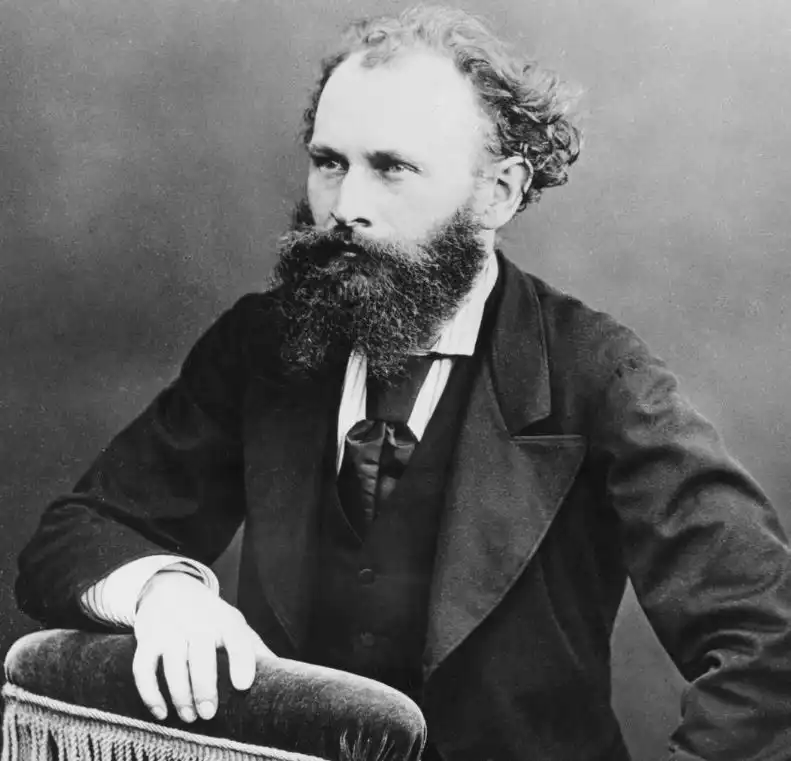
2. It depicts a common scene in a 19th-century Parisian brasserie
As the title suggests, the painting depicts a scene inside a brasserie in Paris. It’s a typical interior of the new cafés and brasseries that emerged in Paris during the Belle Époque.
The composition is quite remarkable, something that set Manet’s paintings apart from academic painters.
The pyramidal composition of the three main figures isn’t centered and Manet heavily used loose brushstrokes.
These were thinly applied on a black background and blurred most elements of this painting. The people in the background are nearly unrecognizable.

3. The establishment was located on a boulevard just south of Montmartre
Although there’s hardly a hint as to where this scene takes place, we do know the name of the brasserie from contemporary sources.
It has been identified as the Brasserie Reichshoffen which was located at the Boulevard Marguerite-de-Rochechouart in the northern part of Paris.
This is a major street that is located at the foot of Montmartre, the hill that played a major role in art history, especially in the 19th and 20th centuries.
Just a fun fact, this street was named after Marguerite de Rochechouart de Montpipeau (1665–1727) who was the abbess of Montmartre.
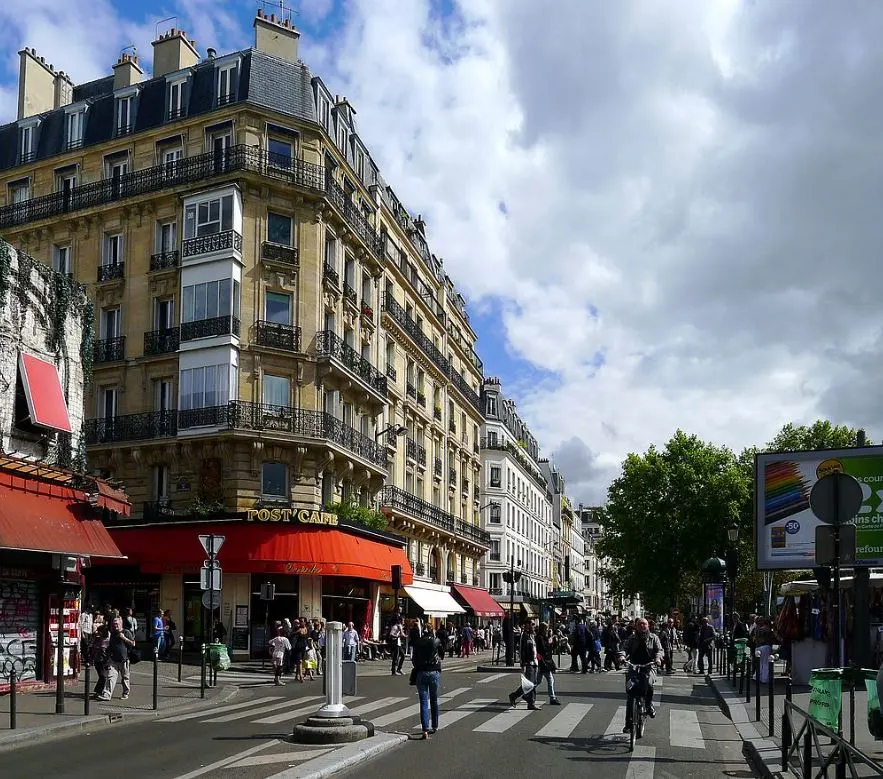
4. The singer can be seen in the mirror in the background
The title of the painting “Café-Concert,” is a reference to the form of entertainment that was popular in these types of brasseries at the time.
It wasn’t as provocative as the cabarets in the neighborhood, especially the Moulin Rouge, but still lighthearted enough to be referred to as “Risqué.”
The singer, identified as a woman nicknamed “La Belle Polonaise,” can be seen in the mirror in the background.
That’s why most people in this painting look to the right, the place where the concert takes place.
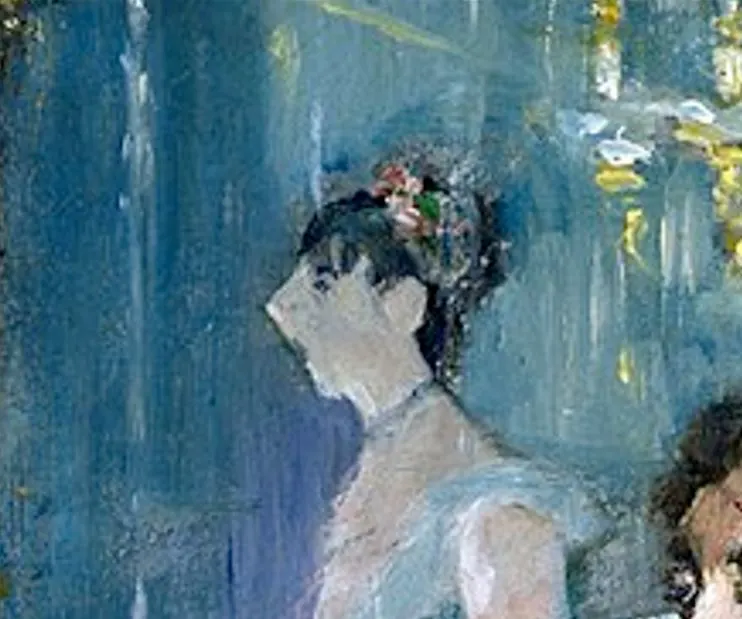
5. There’s something remarkable about the women in this painting
Édouard Manet was sincerely fascinated by the waitresses in the brasseries and other establishments that he frequently visited.
That’s mainly because they were very flamboyant and indulged in the same thing as the customers. They could often be seen drinking beer and smoking cigarettes.
This wasn’t common at the time and was clearly a sign of the emancipation of women at the start of the modern age.
The woman in the foreground has a beer in front of her and is smoking. She is, however clearly subdued compared to the confident man next to her because of the negative connotation of her behavior.

6. Manet aimed to sincerely depict the scene but he completed it in his studio
Manet made preparatory sketches and completed this painting in his studio. The manner in which he painted it makes us believe he was actually there.
His remarkable brushstrokes enhance the feeling as if we are watching a real event unfold on the canvas, which is quite remarkable.
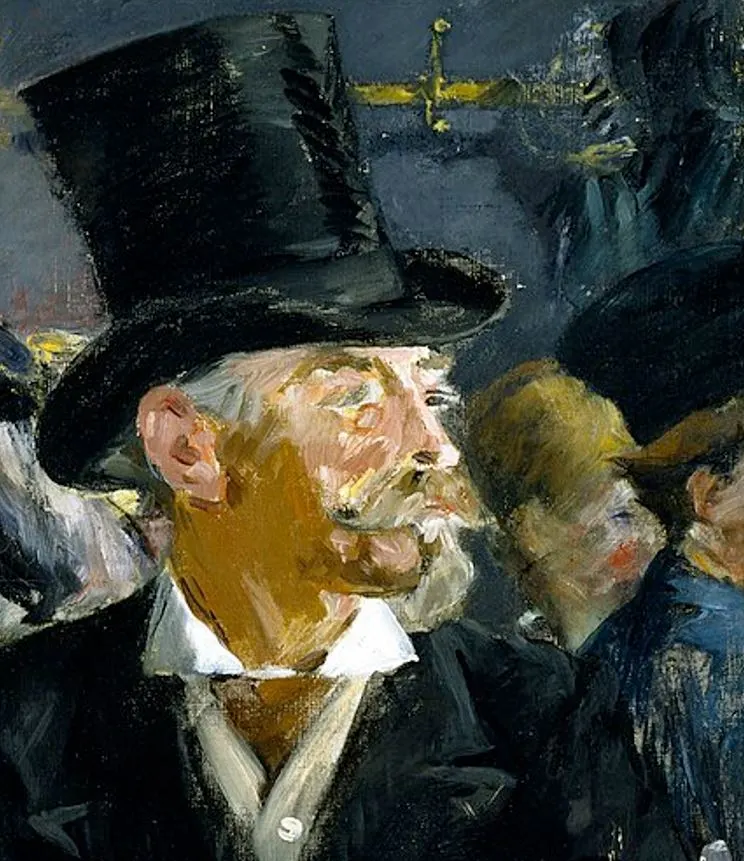
Manet painted several other paintings depicting the interior of the Brasserie Reichshoffen during a café-concert, including a painting titled “Corner of a Café-Concert” (1879).
Unlike the painting described in this article, the waitress of the brasserie actually agreed to pose for this work in manet’s studio at the Rue d’Amsterdam in Paris.
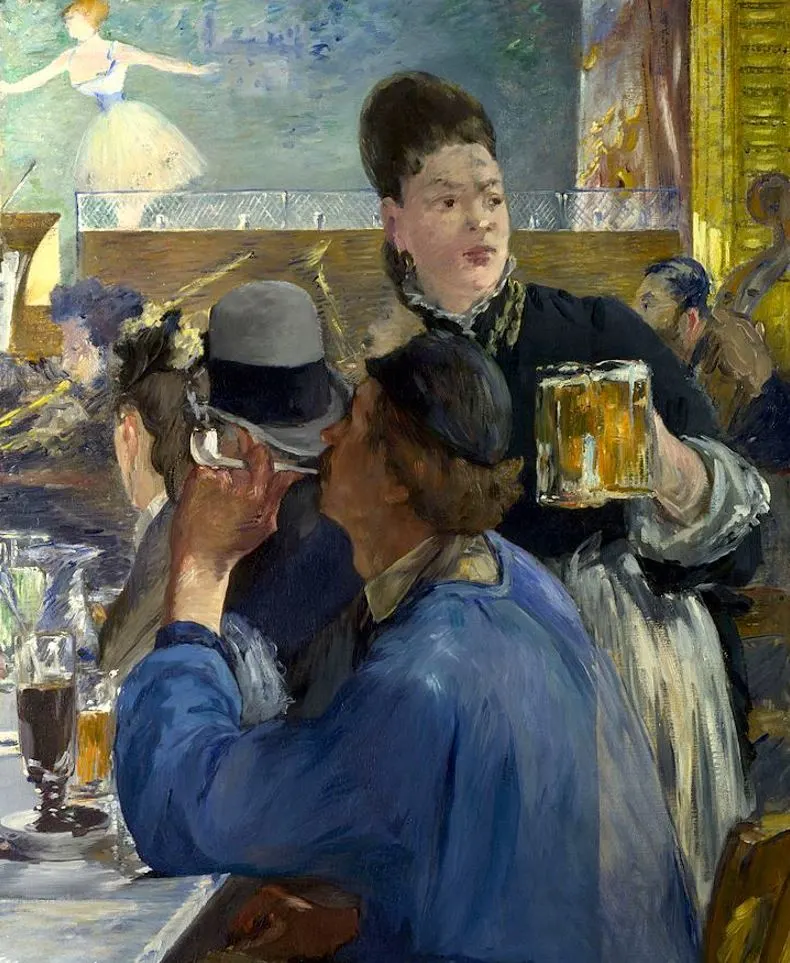
7. How big is the Café-Concert by Édouard Manet?
The French painter completed both large works of art and delicate little paintings. This work certainly falls in the latter category.
The Café-Concert (1879) by Édouard Manet is a small oil on canvas painting that has dimensions of 47.3 × 39.1 centimeters (18.6 × 15.4 inches).
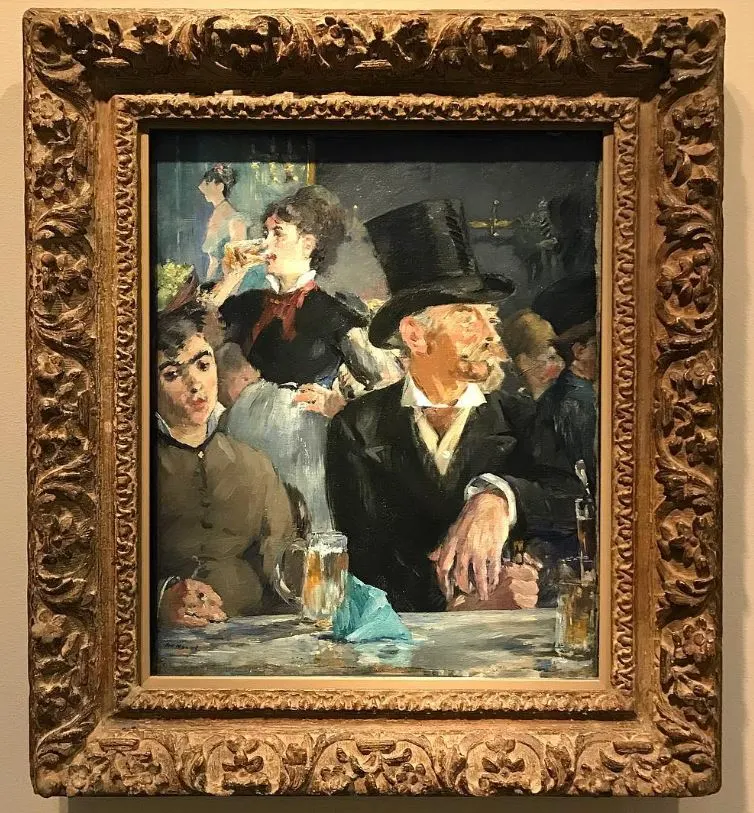
8. Where is Manet’s masterpiece located today?
The painting changed hands a number of times in the late 19th and early 20th centuries.
After being acquired by some local collectors it entered the collection of French operatic baritone Jean-Baptiste Faure (1830-1914), a renowned art collector and a man who was painted by Manet as well.
Art dealer Paul Durand-Ruel acquired the painting from Faure in 1907 and subsequently sold it to the American art collector Henry Walters in 1909.
Walters’ collection was the foundation of a museum that bears his name, and today, you can still admire Manet’s masterpiece at the Walters Art Museum in Baltimore.

